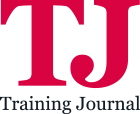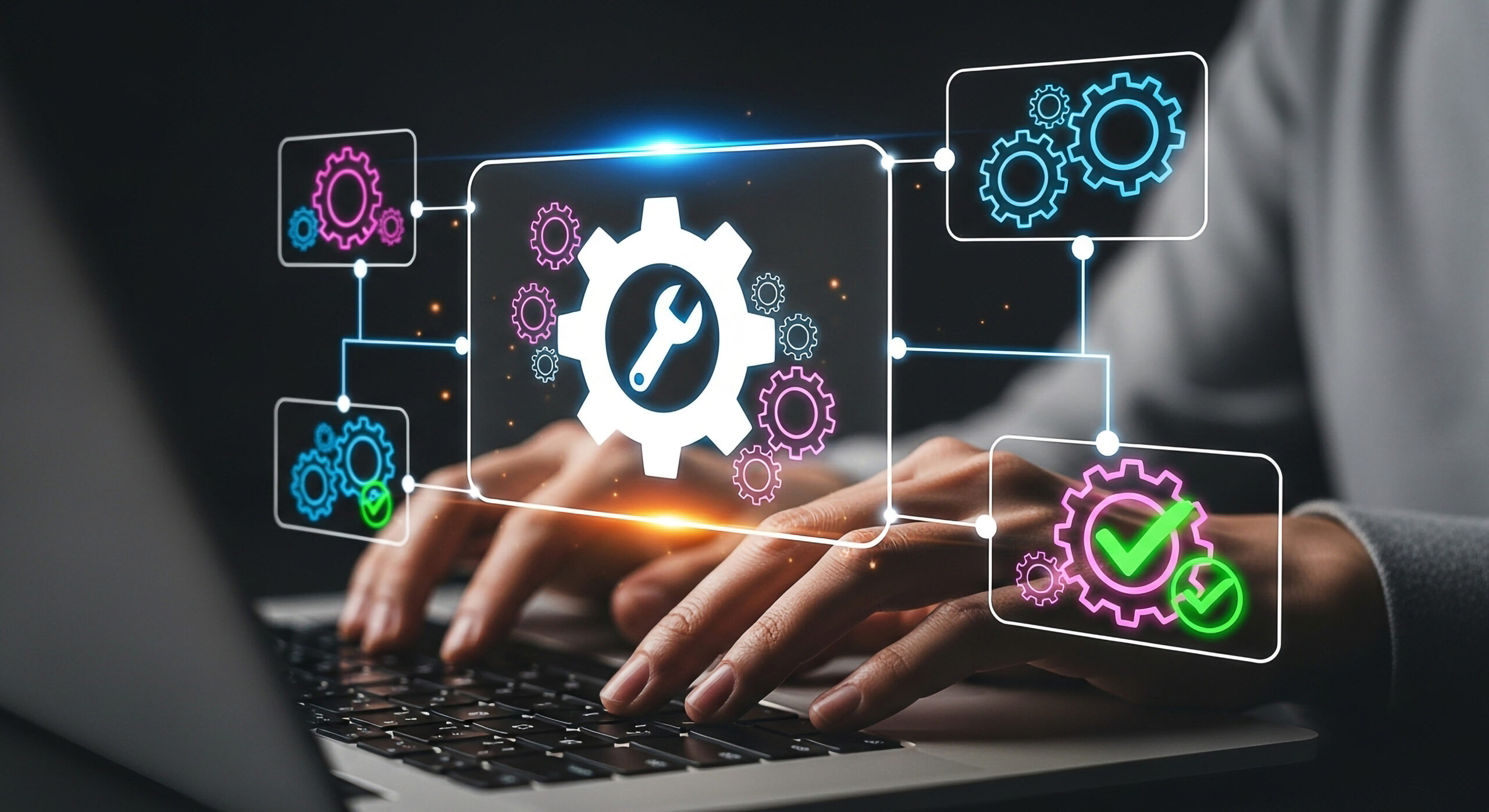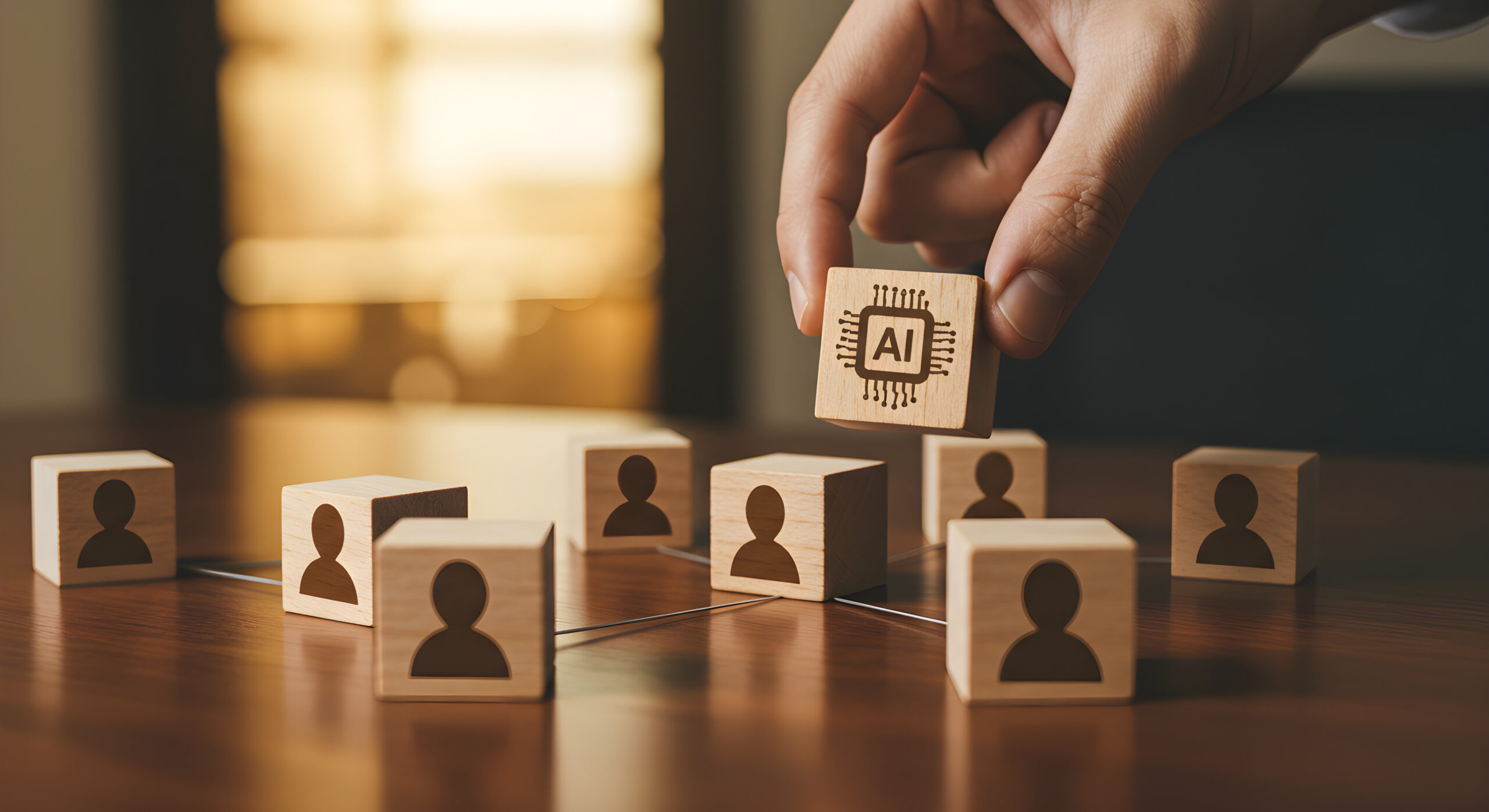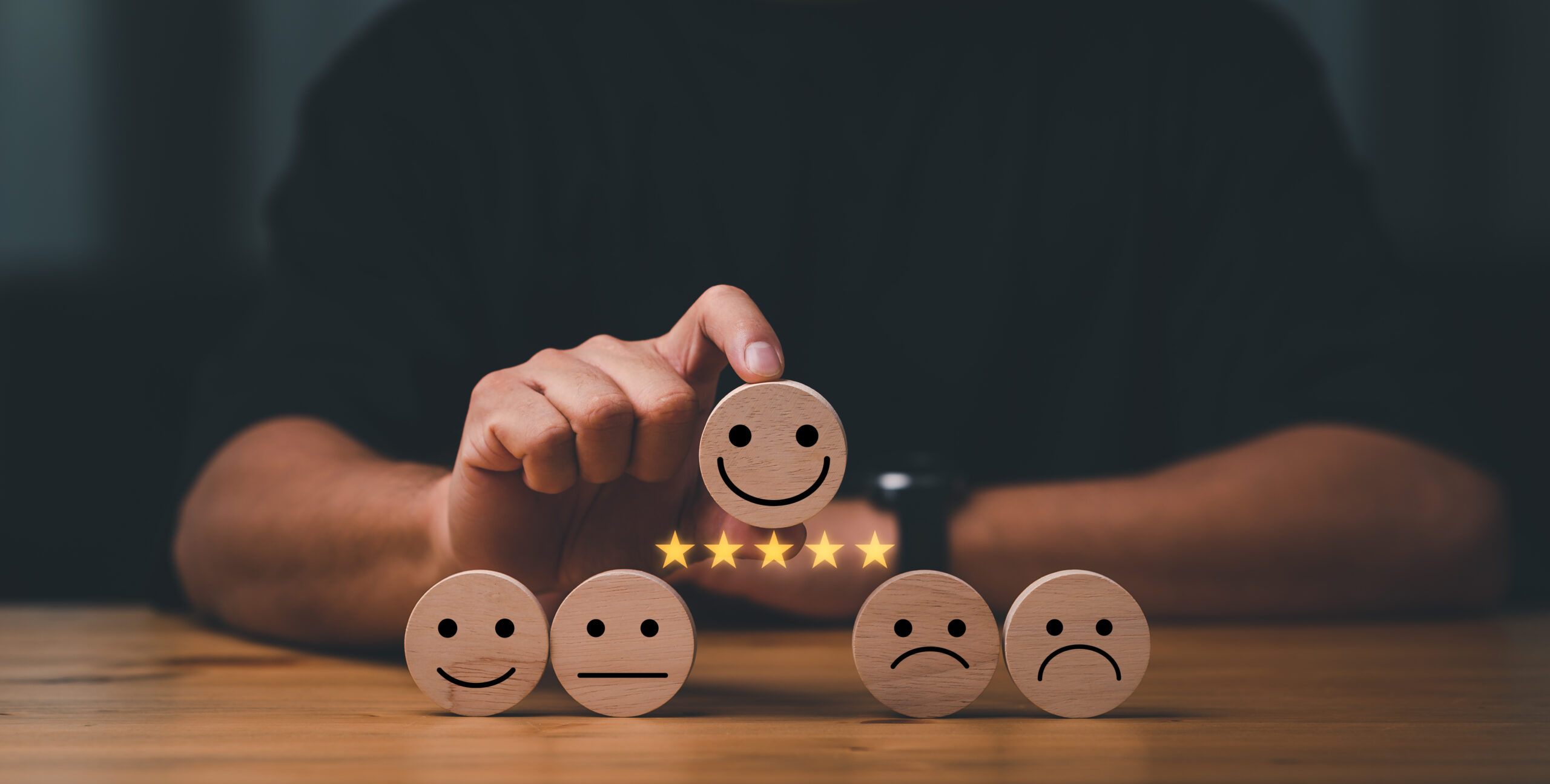By 2035, skills graphs, adaptive learning, and trustworthy analytics will turn corporate learning into a true capability operating system. From course catalogs to capability supply chains, learning leaders must build now to thrive in the next decade. Dr. Ravinder Tulsiani looks at how AI and ecosystems will redefine corporate learning.
Corporate learning is entering a systems era. By 2035, the center of gravity will move from long courses and static catalogs to a capability operating system, a connected stack that maps skills in real time, orchestrates adaptive practice inside daily work, and uses responsible analytics to guide decisions.
The payoff will be faster time to proficiency, stronger internal mobility, and a clearer line of sight from learning to business results. This article explains what to build, why it works, and how to start, using plain language every stakeholder can follow.
Why artificial intelligence–driven personalisation is here to stay
Personalisation using AI to drive it improves outcomes when precision matters. In safety, sales, service, and technical roles, adaptive practice (right level, right moment, right feedback) consistently beats one-size-fits-all training.
The data plumbing has matured. Modern learning stacks can track experiences wherever they happen: inside learning platforms, collaboration tools, simulations, or coaching moments. Open, modern data standards make this possible and allow you to collect activity into a unified learning record rather than fifteen different spreadsheets.
You can shift from “content first” to “capability first”
Skills intelligence now operates at scale. Enterprise platforms can infer and normalise skills from real work, match people to tasks, and recommend next steps. That means you can shift from “content first” to “capability first.”
Governance is getting clearer. The European Union’s Artificial Intelligence Act sets expectations for transparency, fairness checks, and human oversight, especially when technology touches employment, promotion, or education. Building with these guardrails from day one helps you avoid risk and earn trust.
What an adaptive learning ecosystem looks like by 2035
A living skills and learning graph: Every employee has a continuously updated skills profile, fed by projects, assessments, collaboration signals, and manager input. This ‘graph’ powers just-in-time recommendations: stretch assignments, mentors, targeted challenges, and concise content. The foundations for this already exist in leading enterprise systems.
A standards-based data backbone: Every learning or practice experience sends consistent statements to a learning record database. A modern course-launch and tracking specification governs how formal courses start and report progress. Together, these standards let identity, discovery, and analytics work across your learning platform, human resources suite, collaboration apps, and simulations—safely and without vendor lock-in.
Insightful analytics loops: Leader dashboards blend learning records with privacy-preserving collaboration insights to surface early indicators of capability strength, coaching density, and readiness for critical work. The point is not surveillance, but smarter decisions with aggregated, ethically governed data.
Embedded coaching assistants: Context-aware digital coaches critique drafts, generate practice reps, schedule spaced retrieval, and adjust the amount of help versus productive struggle based on each person’s history and the difficulty of the task at hand.
Personalisation that respects people: Recommendations and assessments are explainable, regularly tested for fairness, and always subject to human review in high-stakes contexts such as certification, promotion, or job assignment.
What will change inside corporate learning
From catalogs to capability supply chains, the learning team curates real work, such as projects, gigs, and simulations, as the primary learning modality. Content supports the work, not the other way around.
From lagging counts to leading indicators and moving beyond course completions. Track capability velocity, error-rate reduction in the flow of work, time to autonomy, and internal mobility, fed by a unified learning record rather than scattered exports.
Learning signals sit alongside performance and collaboration signals so managers can see, early, which teams are developing the right capabilities and which ones need support. This moves from isolated programs to integrated systems.
Lastly, moving from ad hoc ethics to operational governance. Publish a plain-English playbook for artificial intelligence in learning: what you will and will not do, how you test for bias, when humans must approve decisions, and how people can ask questions or opt out where appropriate.
Your 12-month starter roadmap to action now
Quarter 1 — Instrument and align
- Select two or three business-critical capabilities
- Set up a learning record database and begin sending activity data from your learning platform, authoring tools, and one job-embedded application
Quarter 2 — Establish skills intelligence
- Pilot a skills graph using your human resources or learning experience platform
- Design adaptive practice with retrieval and targeted feedback around the chosen capabilities
Quarter 3 — Close the loop with analytics
- Blend the learning record with privacy-preserving collaboration insights to build a weekly capability dashboard for leaders. Start watching early indicators rather than end-of-course scores
Quarter 4 — Operationalise trustworthy artificial intelligence
- Launch an “artificial intelligence in learning” playbook: use-case inventory, risk assessments, human checkpoints, fairness testing, incident response, and clear documentation aligned to the European Union’s Artificial Intelligence Act timelines.
The ADAPT framework for 2035 readiness
- Align on the few capabilities that truly move business results; tag work, practice, and content to those skills
- Data-enable your ecosystem with modern, open tracking standards and a learning record database; document identity, consent, and retention
- Analyse early indicators such as practice quality, coaching density, and skill growth; avoid vanity metrics like hours of learning
- Personalise inside daily work through digital coaches and targeted challenges powered by the skills graph
- Trust by design: insist on explainability, fairness checks, literacy for managers and learners, and human oversight for any high-stakes decision
What good looks like; signals that you are on track
- Employees experience fewer, shorter, more targeted learning moments, and performance ramps faster
- Managers can describe capability risks with evidence, not anecdotes
- Internal mobility rises because your skills data is accurate, portable, and trusted
- Audit questions about technology use, privacy, and fairness are answered promptly with clear documentation
The 2035 vision: learning as a capability operating system
By 2035, the most effective learning teams will function like a capability operating system for the enterprise. They will own the skills graph and the learning record, orchestrate meaningful practice inside real work, and advise leadership on capability risk the way finance advises on cash flow.
That future is not speculative. The standards, platforms, and governance patterns already exist. The advantage goes to teams that instrument now, analyse what matters, personalise responsibly, and earn trust with every release.
Ravinder Tulsiani is Director SE Learning




